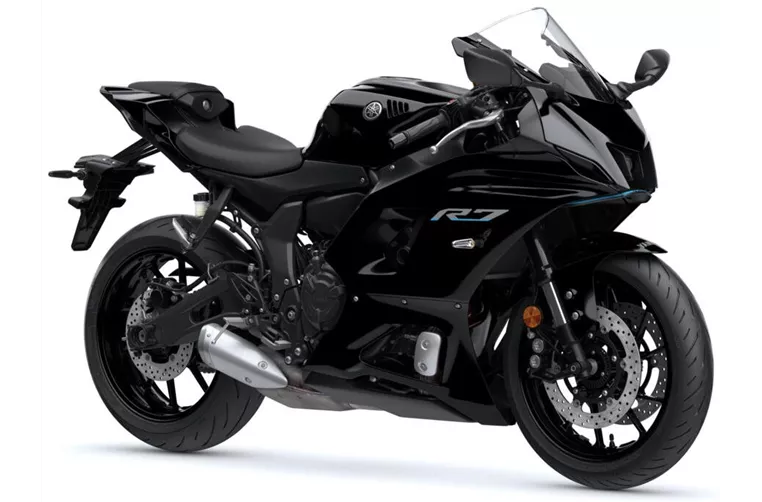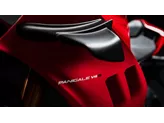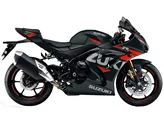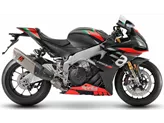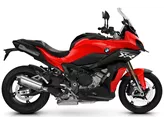Yamaha R7 2021 vs. BMW S 1000 RR 2019
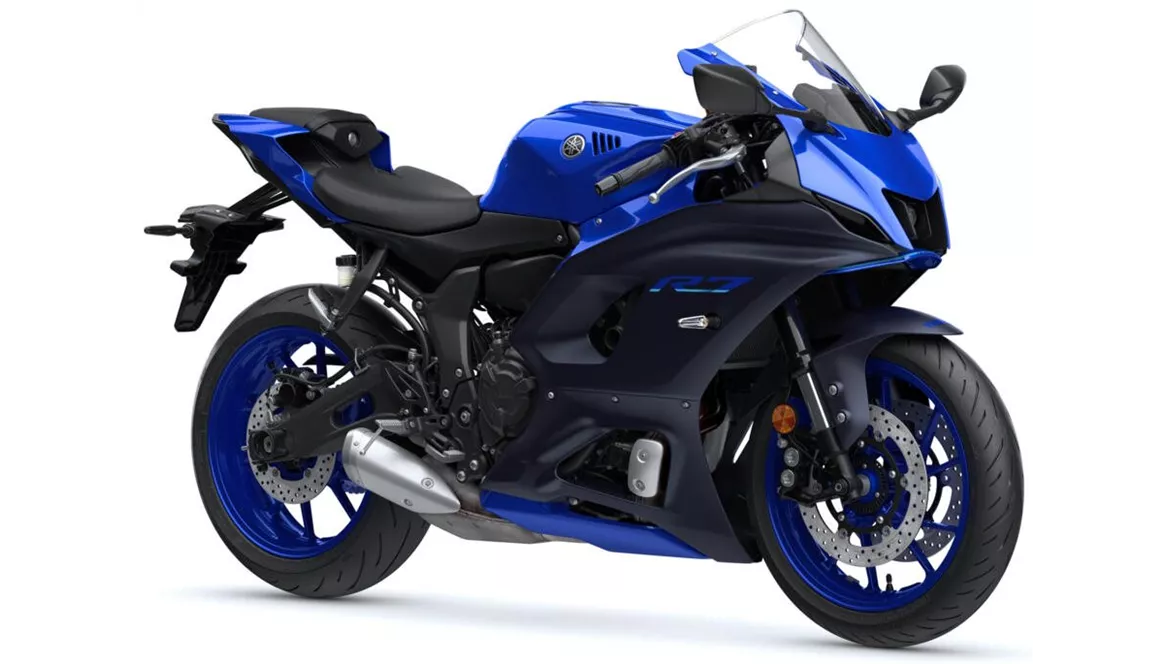
Yamaha R7 2021

BMW S 1000 RR 2019
Overview - Yamaha R7 2021 vs BMW S 1000 RR 2019
The Yamaha R7 2021 and the BMW S 1000 RR 2019 are both supersport motorcycles that offer impressive performance and advanced features. However, there are several key differences between the two models.
In terms of engine specifications, the Yamaha R7 2021 is equipped with a 689cc inline twin engine that delivers 73.4 horsepower and 67 Nm of torque. On the other hand, the BMW S 1000 RR 2019 features a larger 999cc inline four-cylinder engine that produces a staggering 207 horsepower and 113 Nm of torque. This significant difference in power output makes the BMW S 1000 RR more suitable for experienced riders who crave exhilarating speed and acceleration.
Both motorcycles feature upside-down telescopic forks for the front suspension and swing arm with a monoshock for the rear suspension. However, the BMW S 1000 RR 2019 has a slightly larger front fork diameter of 45mm compared to the 41mm diameter of the Yamaha R7 2021. This larger fork diameter provides the BMW with improved stability and better handling in corners.
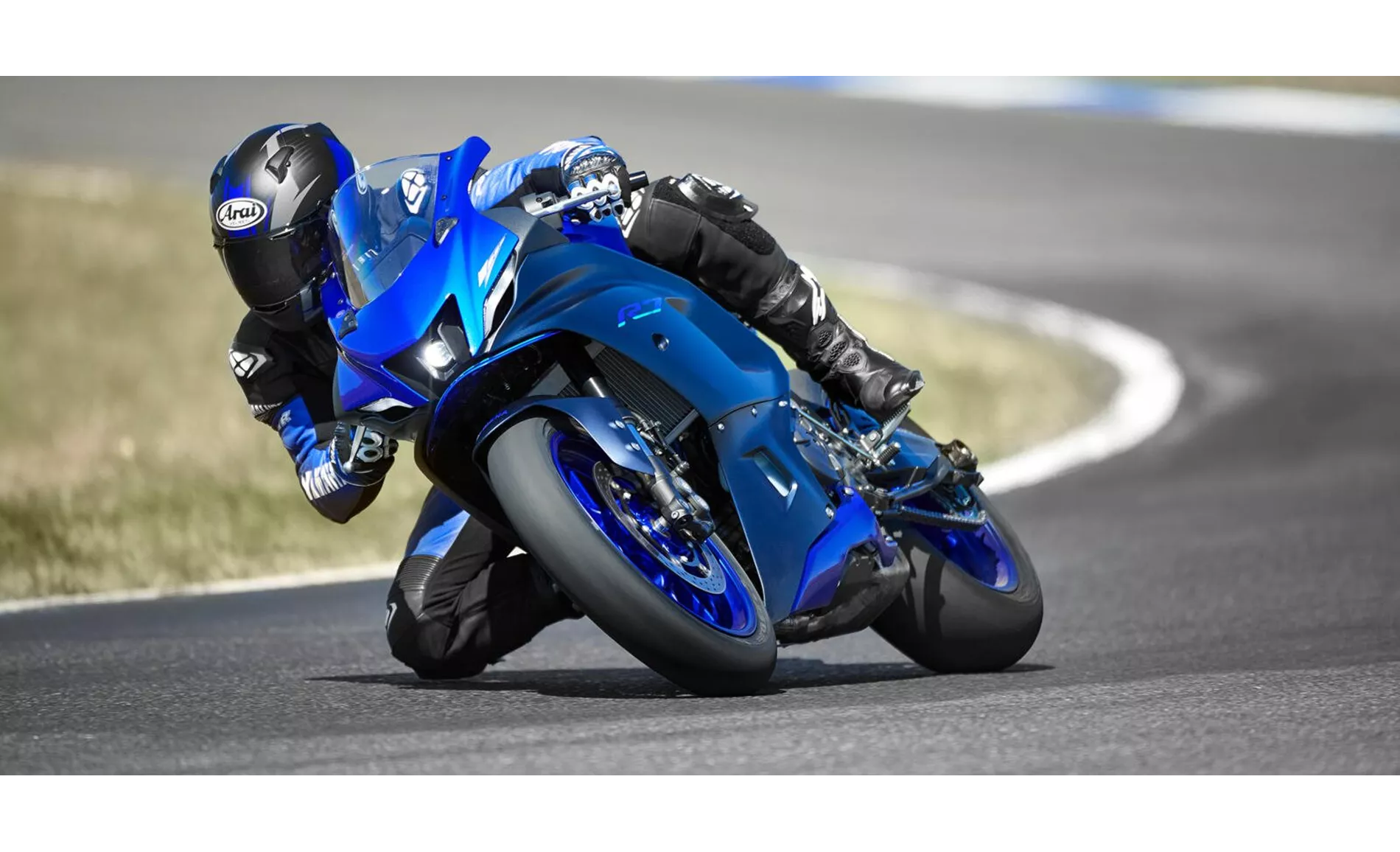
Yamaha R7 2021
In terms of chassis construction, the Yamaha R7 2021 features a steel frame, while the BMW S 1000 RR 2019 utilizes an aluminum frame. The aluminum frame of the BMW offers a lighter weight and increased rigidity, resulting in improved overall performance and maneuverability.
Both motorcycles are equipped with double disc brakes at the front, featuring radial technology for enhanced braking performance. The BMW S 1000 RR 2019 also offers additional advanced rider assistance systems such as riding modes, launch control, ride by wire, quickshifter, and traction control. These features provide the rider with more control and customization options, making it a more technologically advanced option compared to the Yamaha R7 2021.
In terms of dimensions and weights, the Yamaha R7 2021 has a wheelbase of 1395mm and a kerb weight of 188kg (with ABS). On the other hand, the BMW S 1000 RR 2019 has a slightly longer wheelbase of 1441mm and a slightly heavier kerb weight of 197kg (with ABS). The BMW also offers a larger fuel tank capacity of 16.5 liters compared to the 13 liters of the Yamaha.
Both motorcycles come equipped with LED headlights, providing improved visibility and safety during night rides.

BMW S 1000 RR 2019
In terms of strengths, the Yamaha R7 2021 is praised for its high-torque CP2 engine, sporty riding position, suspension set-up, standard tires, and being a good entry-level trackday bike. On the other hand, the BMW S 1000 RR 2019 is commended for its very linear power delivery, wide rev range, precise DDC suspension, advanced electronics package, excellent shift assistant, and high-quality details such as the frame, swingarm, and display.
As for weaknesses, the Yamaha R7 2021 is criticized for not having a quickshifter as standard, while the BMW S 1000 RR 2019 is said to have lost a certain amount of "thrill" due to its linear power delivery and menu navigation that takes some time to get used to.
In conclusion, the Yamaha R7 2021 and the BMW S 1000 RR 2019 are both impressive supersport motorcycles with their own unique strengths and weaknesses. The Yamaha R7 2021 offers a more accessible and beginner-friendly option, while the BMW S 1000 RR 2019 provides a higher level of performance and advanced features for experienced riders. Ultimately, the choice between the two models depends on the rider's skill level, preferences, and intended use of the motorcycle.
Technical Specifications Yamaha R7 2021 compared to BMW S 1000 RR 2019
Pros and Cons in comparison
Pros and Cons in comparison
Yamaha R7 2021
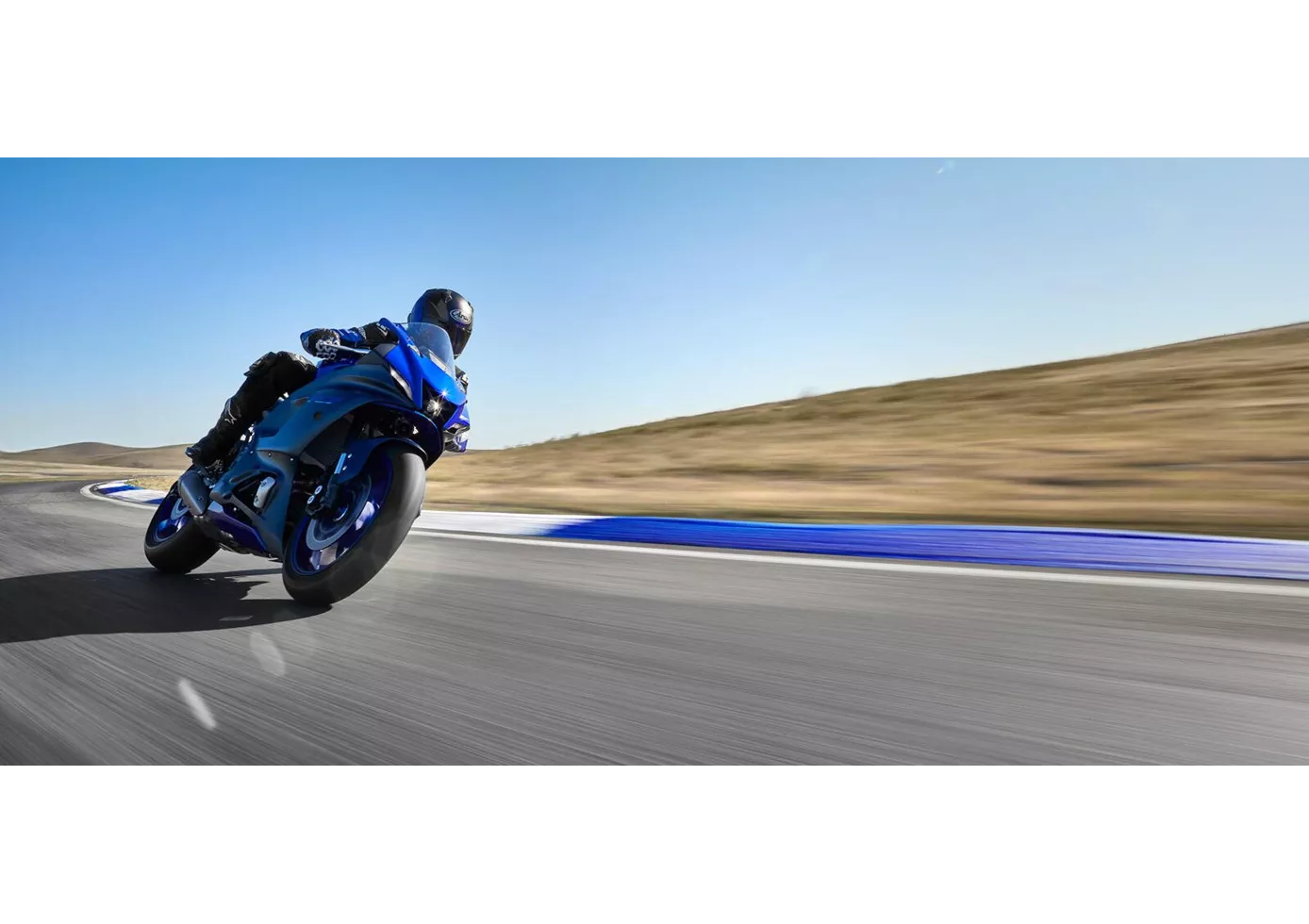
Despite the rather idiosyncratic combination of the sensible 73.4 hp mid-range power unit and the extremely aggressive, sporty look, the R7 is by no means a sheep in wolf's clothing. The performance, which is somewhere between the R3 and the R6, turned out to be much stronger in practice than the pure values on paper would suggest, and in terms of geometry, chassis, brakes and tyres, Yamaha's engineers have really done their homework. On top of that, the Yamaha R7 has all the qualities to have a lot of fun out-of-the-box on a compact race track like the Pannoniaring, for example, even without a big investment. But of course it feels better on the country road, and that's where it belongs in the first place, in our opinion. In view of the overall package, the purchase price is more than fairly priced - so it's not a problem that the quickshifter is not included and has to be purchased as an option.
BMW S 1000 RR 2019

The new 2019 BMW S 1000 RR is a completely new supersports bike. It has become significantly more compact and, above all, lighter. The machine is incredibly easy to control and, compared to the previous model, almost feels like a 600! The seating position and the entire set-up of the machine have become much sportier, but can be brought to the tarmac in a much more user-friendly way thanks to the significantly improved electronics package, the saved weight and, last but not least, the almost linear power delivery of the power unit - bravo! Unfortunately, there is still one downer: if you want to benefit from the innovations to the maximum, you have to put a maximum number of crosses in the dealer's box. In return, however, you can create your own individual BMW!
Price Comparison Avarage Market Price Yamaha R7 vs BMW S 1000 RR
There are a few key differences between a Yamaha R7 2021 and a BMW S 1000 RR 2019. It takes less time to sell a BMW S 1000 RR with 63 days compared to 161 days for the Yamaha R7. Since model year 2021 1000PS.de editors have written 9 reviews for the Yamaha R7 and 135 reviews for the BMW S 1000 RR since model year 2010. The first review for the Yamaha R7 was published on 18/05/2021 and now has more than 92,800 views. This compares to more than 4,000 views for the first review on BMW S 1000 RR published on 16/04/2008.
